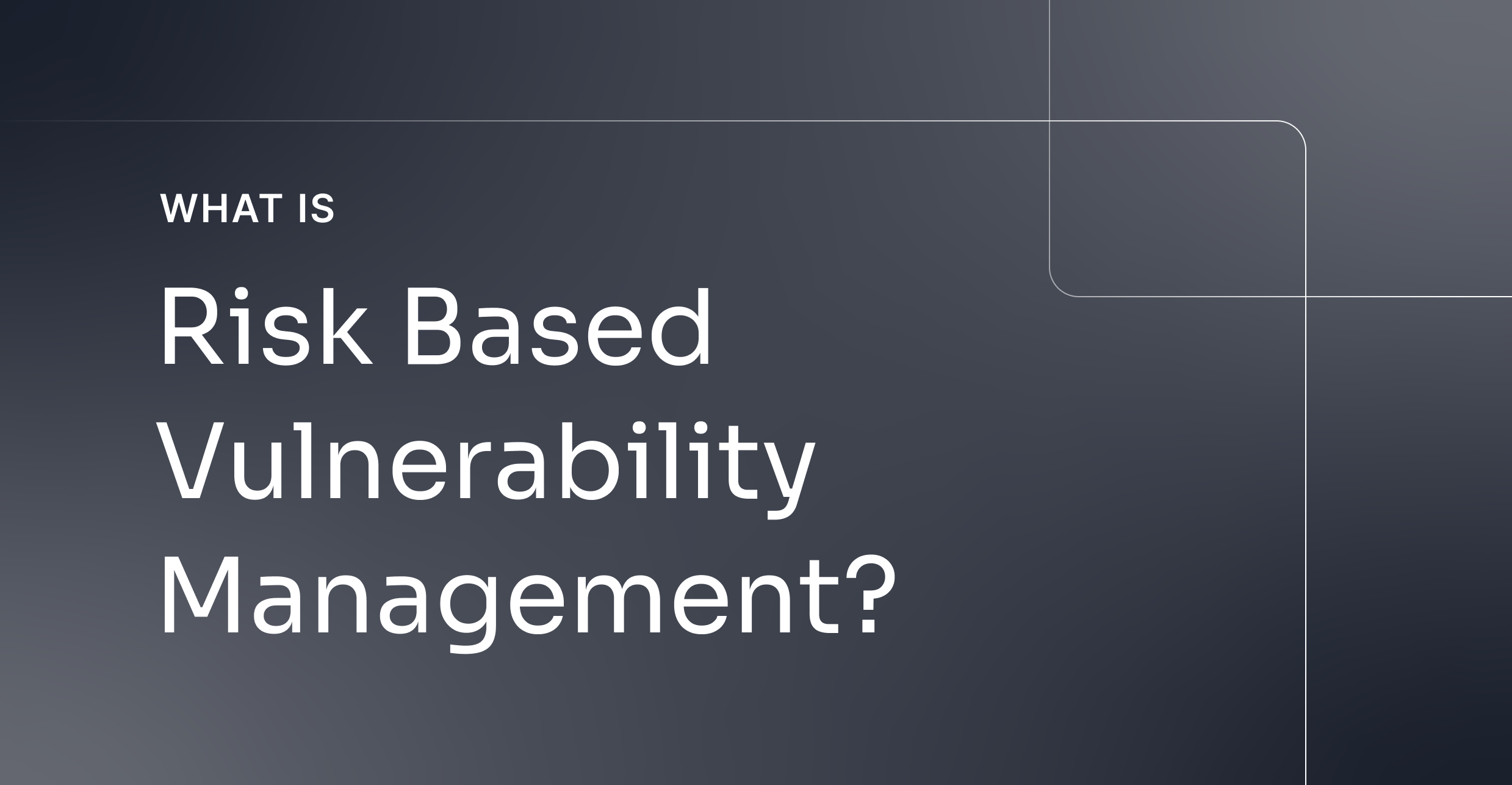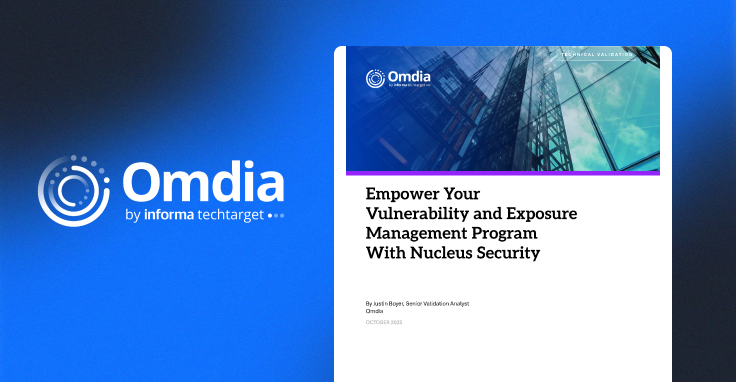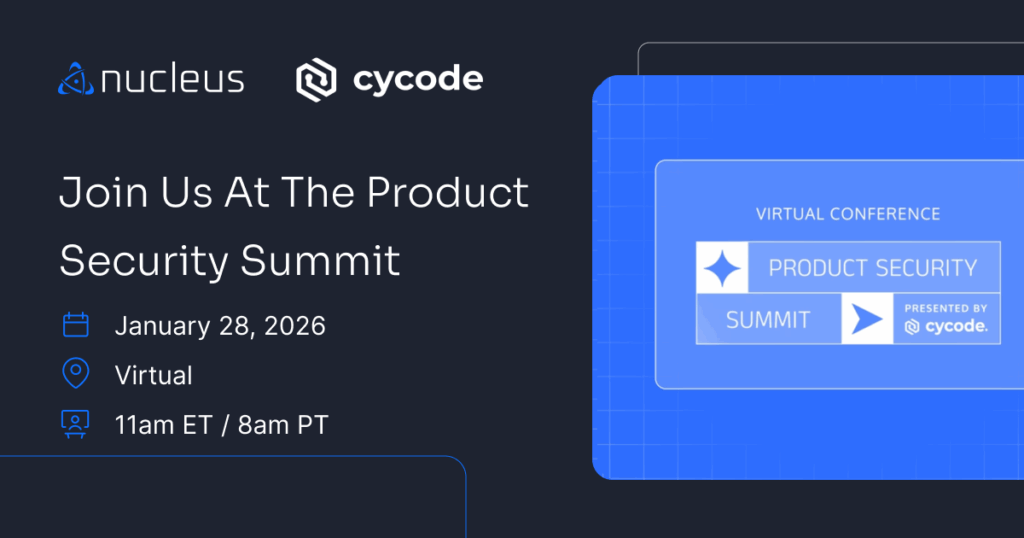KNOWLEDGE CENTER
What is RBVM?
Risk‑Based Vulnerability Management (RBVM) prioritizes remediation not by severity alone, but by the actual risk a vulnerability poses. This approach draws on asset value, exploit likelihood, threat intelligence, and business impact to focus efforts where they matter most.

Why RBVM Matters
Traditional vulnerability management often relies on static scoring systems, like CVSS, to drive patching efforts. That can lead to chasing low‑risk issues while critical threats slip through. In contrast, RBVM adds real threat context and prioritizes high‑impact gaps before they become breaches.
This approach helps security teams stretch limited resources more effectively by remediating the vulnerabilities that threaten business operations first.
RBVM vs Traditional Vulnerability Management
| Traditional Approach | Risk-Based (RBVM) |
|---|---|
| Focuses on patching every detected issue | Targets those with real risk and business impact |
| Relies on CVSS score alone | Builds context with threat intel, asset criticality, and exploit maturity |
| Operates via periodic scanning | Enables continuous monitoring and dynamic prioritization |
| Can overwhelm teams with low-value noise | Streamlines remediation toward high-risk priorities |
How RBVM Fits into Broader Security Frameworks Like CTEM
RBVM forms a key part of a broader continuous risk management strategy; its discovery and prioritization phases align with CTEM’s model. By feeding contextual risk data into the CTEM cycle, RBVM helps security teams scope, assess, validate, and act on exposures faster and with greater precision (much as CTEM’s stages rely on real‑time risk evaluation).
Key Elements of an Effective RBVM Program
- Vulnerability aggregation: Pull together data from multiple scan sources for a holistic view.
- Risk scoring and prioritization: Enrich findings with asset context and threat intel to create transparent and weighted risk scores.
- Automated remediation workflows: Trigger fixes based on risk levels and streamline handoffs between security and operational teams.
- Vulnerability intelligence enrichment: Attach real‑world data—such as exploit patterns or malicious activity—to each vulnerability.
- Unified asset management: Maintain a live inventory of assets to ensure visibility and support dynamic prioritization.
Benefits of Embracing RBVM
Risk-Based Vulnerability Management shifts the focus of security programs from activity-based metrics, like the number of patched vulnerabilities, to meaningful outcomes. The result is reducing real risk to the business. Rather than treating all vulnerabilities as equal, RBVM provides the precision needed to identify and act on the exposures that genuinely matter. This strategic shift helps security teams focus on what really matters by cutting risk, working better with IT, and showing real progress to leadership.
By focusing remediation efforts where they will have the greatest impact, organizations reduce the likelihood of breach or disruption without overextending already-stretched teams. Security operations become more focused and defensible. Teams spend less time arguing over which vulnerabilities to address and more time executing effective remediation plans.
This approach also improves collaboration between security and IT or DevOps teams. When risk prioritization is transparent, consistent, and grounded in real business context, it becomes easier to build trust between stakeholders. As a result, cross-functional teams can move more quickly and with less friction.
RBVM also enables better executive visibility into the true state of organizational risk. Instead of static vulnerability counts, leadership can access metrics that reflect progress against high-impact exposures, making security reporting more meaningful and actionable.
Ultimately, risk-based approaches allow organizations to evolve from reactive patching toward proactive risk reduction. That not only strengthens security posture but also positions cybersecurity more strategically with leadership, showing how their work reduces real risk, not just patch counts.
What Makes Implementation Challenging
Adopting RBVM isn’t just about tools. You need aligned processes, up-to-date asset data, and a cultural shift toward risk-informed decision-making. In many cases, only 2 in 10 vulnerabilities typically get remediated, often because security and remediation teams aren’t synchronized. To fix that, organizations must adopt both precise and efficient strategies for action.
Taking a Risk-Based Approach to Vulnerabilities
RBVM helps teams cut through the noise and fix the vulnerabilities that matter most. It aligns security teams, IT operations, and leadership around a shared understanding of what’s most important to fix and why.
While implementation may require changes in tooling, process, and mindset, the payoff is clear: faster remediation of critical vulnerabilities, stronger organizational resilience, and a more strategic, defensible security program.
Risk‑based prioritization isn’t a silver bullet. It is, however, a smart, scalable foundation for reducing exposure and making vulnerability management work in the real world.
Want to Learn More About Vulnerability Management?
See how Nucleus unifies and automates vulnerability management with our demo-on-demand






























